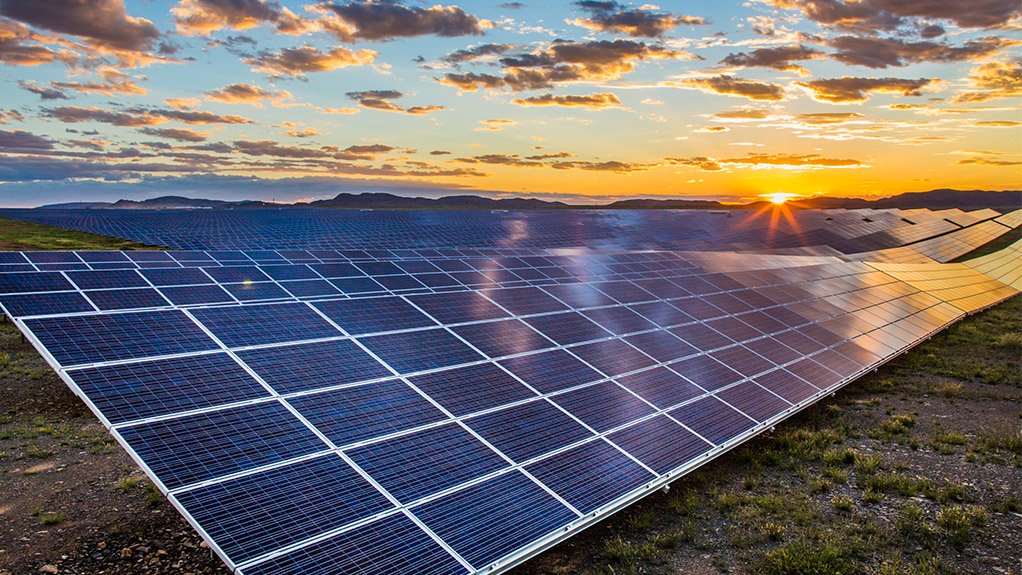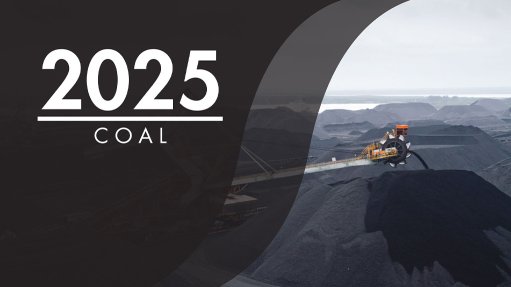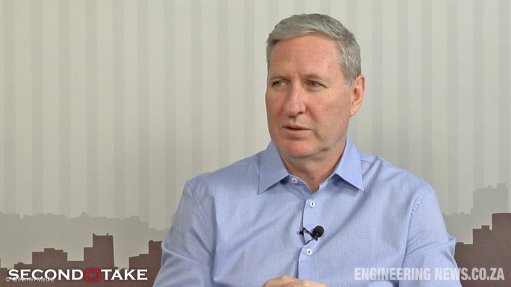Low-emission energy sources set to cater for burgeoning electricity demand up to 2027
The International Energy Agency (IEA) anticipates global electricity consumption will increase at the fastest pace in years over 2025 to 2027, fuelled by growing industrial production, rising use of air conditioning, accelerating electrification and the expansion of data centres.
Global electricity demand increased by 2.5% in 2023, 4.3% in 2024 and will likely grow by another 4% a year from 2025 to 2027.
The IEA expects global electricity consumption to rise by an unprecedented 3 500 TWh over the next three years, with emerging economies expected to account for 85% of electricity consumption growth through to 2027.
While the electricity consumption of advanced economies as a whole remained almost unchanged in 2024 compared with 2021, these economies are expected to account for 15% of global demand growth over the 2025 to 2027 period, bucking the trend of flat electricity consumption growth over the past 15 years.
More than half of global electricity demand growth in 2024 came from China, where it grew by 7% in 2024. The IEA expects electricity demand in China to increase on average by 6% every year to 2027.
Electrification is progressing rapidly in China, where the share of electricity in final energy consumption (28%) is much higher than in the US at 22% or the European Union at 21%. China’s electricity consumption has been growing faster than its economy since 2020, which shows the speed at which electrification across all sectors is taking place.
India, Southeast Asian countries and other emerging markets are also expected to record strong demand growth, supported by economic expansion and rising air conditioner ownership.
ENERGY SOURCES
The IEA expects record-high electricity generation from renewables and nuclear to meet all the additional global demand over the next three years.
Renewable energy, such as solar, wind and hydropower, is set to meet about 95% of electricity demand growth in the forecast period, providing more than one-third of total electricity generation globally and overtaking coal.
In China, rapid expansion of renewables is expected to meet about 90% of new electricity demand, though weather-related events and unexpected electricity consumption changes can affect this trend in individual years.
The rapid expansion of ever-cheaper solar PV is expected to account for almost half of global electricity demand growth to 2027, up from 40% in 2024.
Globally, solar PV generation hit the 2 000 TWh mark in 2024, accounting for 7% of global electricity generation, compared with 5% in 2023.
Over the next three years, the IEA says, solar PV will likely generate an additional 600 TWh a year.
In turn, nuclear power generation will also reach a new high in 2025, the IEA states, on the back of French nuclear power output recovery, restarts in Japan and new reactors entering operation in China, India, Korea and other countries.
RISING RISK
The new era of electricity has heightened the need for secure and resilient power systems. As more electricity supply systems have become weather-dependent, ensuring reliability is imperative.
The IEA finds that extreme weather owing to winter storms or intense heatwaves, especially when compounded with impacts on the supply side such as droughts, fuel supply disruptions or power plant outages, can put significant strain on power systems.
The agency says the world experienced widespread power outages owing to weather-related events in 2024, including a massive winter storm in the US having left more than 800 000 residential and commercial clients in 12 states without power across the eastern half of the US.
Additionally, Hurricane Beryl left nearly three-million customers without power in Texas on July 8, 2024.
In Australia, a storm resulted in the collapse of six transmission towers in Victoria on February 13 last year, leading to 2.7 GW of generation being disconnected from the grid. More than 530 000 customers were left without power in this instance.
Ecuador declared a state of emergency for the electricity sector in April 2024, as the worst drought in decades resulted in critically low water levels in reservoirs that provide 75% of the country’s electricity generation.
AFRICAN POWER
Meanwhile, electricity demand in Africa grew by an estimated 3.4% in 2024, compared with just under 2% in 2023.
South Africa bounced back from a contraction in demand in 2023 to growth of 4.1% as new capacity was brought online and the power sector limited loadshedding.
Egypt also saw an increase in the yearly rate of demand growth to 1.6% in 2024, while Algeria continued its trend of strong electricity demand growth at 5.4%.
These countries together consumer more than half of all electricity generated in Africa.
The IEA expects this trend of rising electricity demand throughout much of Africa to continue over the 2025 to 2027 period, averaging about 5% each year.
Electricity consumption, however, remains hampered in sub-Saharan Africa owing to lack of supply.
Natural gas-fired generation in 2024 – in Africa – increased by 2.2% while renewable generation increased by 5.5% to meet higher demand for electricity.
Traditionally, hydropower had the biggest share of renewable generation at more than 80% in 2018, but its share has declined to just more than 70% in 2024, as solar PV and wind increased.
Wind power generation rose by about 4.5% and output from solar PV grew by a substantial 46% in 2024. This rapid growth in solar PV is expected to continue in 2025 to 2027, at an average yearly growth rate of more than 25%.
The expansion of renewable power generation will be important to meet the electricity demand over the outlook period, the IEA states.
Article Enquiry
Email Article
Save Article
Feedback
To advertise email advertising@creamermedia.co.za or click here
Comments
Press Office
Announcements
What's On
Subscribe to improve your user experience...
Option 1 (equivalent of R125 a month):
Receive a weekly copy of Creamer Media's Engineering News & Mining Weekly magazine
(print copy for those in South Africa and e-magazine for those outside of South Africa)
Receive daily email newsletters
Access to full search results
Access archive of magazine back copies
Access to Projects in Progress
Access to ONE Research Report of your choice in PDF format
Option 2 (equivalent of R375 a month):
All benefits from Option 1
PLUS
Access to Creamer Media's Research Channel Africa for ALL Research Reports, in PDF format, on various industrial and mining sectors
including Electricity; Water; Energy Transition; Hydrogen; Roads, Rail and Ports; Coal; Gold; Platinum; Battery Metals; etc.
Already a subscriber?
Forgotten your password?
Receive weekly copy of Creamer Media's Engineering News & Mining Weekly magazine (print copy for those in South Africa and e-magazine for those outside of South Africa)
➕
Recieve daily email newsletters
➕
Access to full search results
➕
Access archive of magazine back copies
➕
Access to Projects in Progress
➕
Access to ONE Research Report of your choice in PDF format
RESEARCH CHANNEL AFRICA
R4500 (equivalent of R375 a month)
SUBSCRIBEAll benefits from Option 1
➕
Access to Creamer Media's Research Channel Africa for ALL Research Reports on various industrial and mining sectors, in PDF format, including on:
Electricity
➕
Water
➕
Energy Transition
➕
Hydrogen
➕
Roads, Rail and Ports
➕
Coal
➕
Gold
➕
Platinum
➕
Battery Metals
➕
etc.
Receive all benefits from Option 1 or Option 2 delivered to numerous people at your company
➕
Multiple User names and Passwords for simultaneous log-ins
➕
Intranet integration access to all in your organisation

















